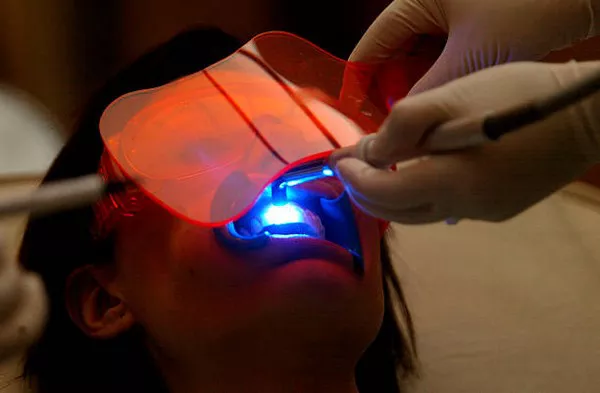Experiencing a root canal filling falling out can be concerning, but knowing how to respond promptly and effectively can help protect your oral health and prevent further complications. This comprehensive guide outlines immediate steps, contacting a dentist, temporary measures, understanding the issue, symptoms to watch for, long-term care, and prevention tips related to a missing root canal filling.
Immediate Steps
If your root canal filling falls out, take these immediate steps:
Avoid Chewing: Refrain from using the affected tooth for chewing to prevent further damage or exposure.
Rinse with Salt Water: Gently rinse your mouth with lukewarm salt water to clean the area and alleviate any discomfort.
Contacting a Dentist
It’s essential to contact your dentist promptly:
Professional Assessment: Seek professional advice from a dentist as soon as possible to evaluate the situation and determine the appropriate next steps.
Schedule an Appointment: Arrange an appointment for an examination and potential treatment to restore the tooth.
Temporary Measures
While awaiting dental care, consider these temporary measures:
Temporary Filling Materials: Over-the-counter temporary filling materials can be used to cover the exposed area and protect the tooth until you see your dentist.
Understanding the Issue
Root canal fillings may fall out due to various reasons:
Wear and Tear: Normal wear and tear over time can cause fillings to weaken and dislodge.
Poor Dental Hygiene: Inadequate oral hygiene practices can contribute to decay around the filling, compromising its stability.
Physical Trauma: Accidents or injuries to the mouth can dislodge or damage dental restorations, including root canal fillings.
See Also: Is Getting Your Wisdom Teeth Removed Dangerous
Symptoms to Watch For
Be aware of potential signs that your root canal filling has fallen out:
Sensitivity: Increased sensitivity to hot or cold foods and beverages.
Pain: Discomfort or pain when biting down or applying pressure to the tooth.
Swelling: Inflammation or swelling around the affected area.
Seeking Immediate Care
If you experience any of these symptoms, it’s crucial to seek prompt dental care to prevent further complications.
Long-Term Care
Long-term care following a root canal treatment is essential:
Regular Check-ups: Attend scheduled dental appointments for routine examinations and maintenance of dental restorations.
Good Oral Hygiene: Brush teeth twice daily with fluoride toothpaste and floss daily to remove plaque and prevent decay.
Prevention Tips
Reduce the risk of root canal fillings dislodging with these preventive measures:
Avoid Hard Foods: Refrain from chewing on hard foods or objects that can stress dental fillings.
Dental Hygiene: Maintain optimal oral hygiene by brushing, flossing, and using mouthwash regularly.
Protective Mouthguards: Use a mouthguard during sports or activities that could potentially impact your teeth.
Conclusion
Understanding what to do if your root canal filling falls out is crucial for maintaining oral health and preventing complications. By taking immediate action, contacting your dentist promptly, using temporary measures, understanding the reasons for filling dislodgement, monitoring symptoms, prioritizing long-term care, and implementing preventive strategies, you can effectively manage the situation and preserve the integrity of your dental restoration. Regular dental check-ups and proactive oral hygiene practices are essential for sustaining a healthy smile and preventing future dental issues.
You Might Be Interested In






























